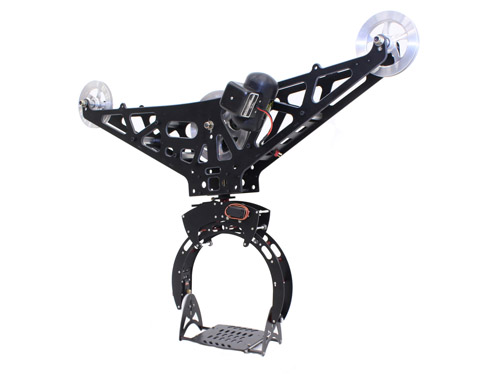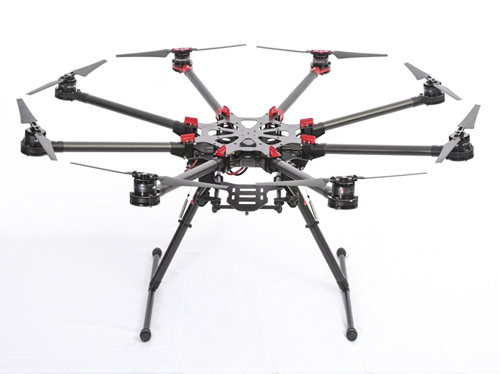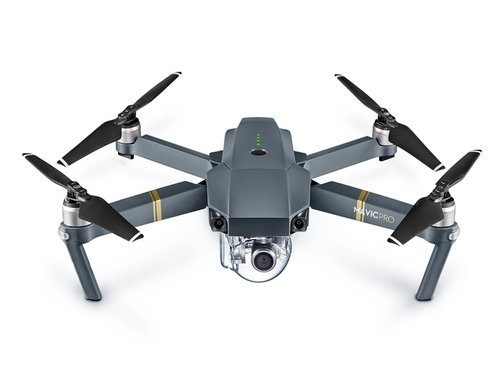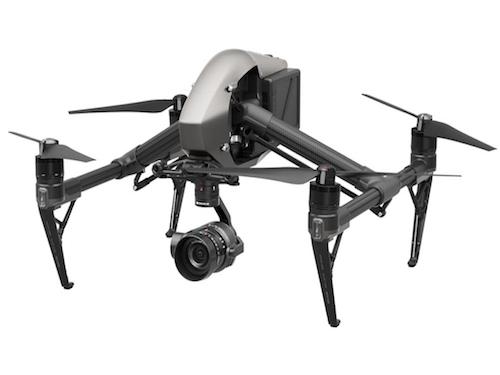Cable Camera System
Features:
- Size: 100 x 65 x 18 cm (including camera head)
- Weight: 5kg (with batteries and gyros – without camera)
- Max. camera weight: 4.5kg
- Max camera size: 20 x 22 x 25 cm
- Max. speed: 40kph (25mph)
- Max. cable slope: 19% grade (11 degrees)
- Operating voltage: 11-16vdc
- Max amps: 50A
- Regenerative braking: Yes
- Closed loop proportional velocity control: Optional
- Gyro-stabilized: Optional
These systems are a point to point (AB) zip line type cable cam systems which use a single cable anchored between two points. They require no heavy expensive and energy-hungry ground-based winches. The Cable Cam System employs a DC motor on the trolley to “drive” on the cable. They are able to drive up a slope of slightly over 10 degrees at a maximum weight of around 15lb. They can travel on a level slope at up to 30lb all up weight. Power is provided by onboard lithium polymer battery packs. It is possible to reach speeds of up to 30mph (50kph) on an unsloped cable or move as slow as 18″ per minute (0.5m per minute) for smooth slow motions.
Braking is done electrically and is known as an Asynchronous Regenerative Braking (ARB). ARB is accomplished with our industrial robot motor driver which means you’re putting power back into the battery when you decelerate or apply the brakes. Much like newer electric automobiles now do. The results with ARB are staggering. Putting as much as 50% of the power back into the battery for each acceleration/deceleration pair. The benefit is, of course, is greater duration/distance from a set of charged batteries.
The Cable Cam System is able to be controlled wirelessly via a joystick controller with a range of 1km (far greater than you’ll run a cable line). The camera can also be connected to a wireless video system to send and display camera video feed in real time to an LCD at the camera operator station.
The Cable Cam System is strung along a rope/cable between two anchor points. The anchors are generally trees or other strong points. A manual ‘come-along’ type winch is used at one end to tension the rope/cable.




